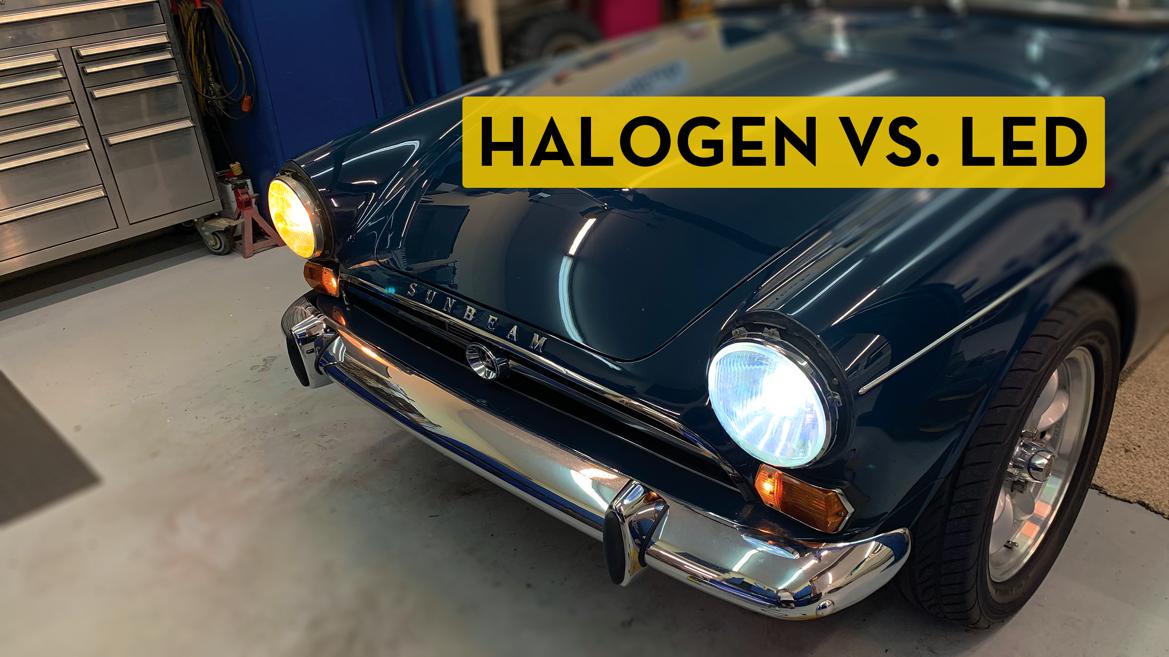All the textbooks (Milliken, Bastow, etc) discuss calculating the stiffness for a relatively ideal anti roll bar - basically a rod / tube with a 90 degree arm attached right next to its support. It's a straightforward problem since everything is basically pure torsion - theta=TL/JG.
Unfortunately many bars, especially factory front bars, stray from this ideal shape. The supports are considerably inboard of the ends, and the arm is somewhere between 70 and 45 degrees. There is lots of bending going on. And the things are mounted in elastomeric supports. Figuring the stiffness gets difficult. My kit car has such bars, front and rear...
So here is a solution for a semi-generic anti roll bar of a non-ideal shape as found on my kit car . I verified the answer using Freecad FEA, and it is within a few %, at least for the one case I ran. Fundamentally, Castigliano's theorem, in case anyone is geeky enough to want to look it up (flashback to the late 80's for me).
No higher math skills needed, the solution is plug & chug, first line on the second image. It is for 1/2 a bar - with equal and opposite loading, the center of the bar doesn't move. The math setup is included just to 'show my work', as it is not inconceivable that there is an error someplace ...
As it turns out, the non-ideal bars in my kit car are considerably less stiff than the traditional calculation assuming pure torsion would suggest. Actual stiffness is only about 60%. Always good to know when setting up the lateral load transfer distribution for the car.
























